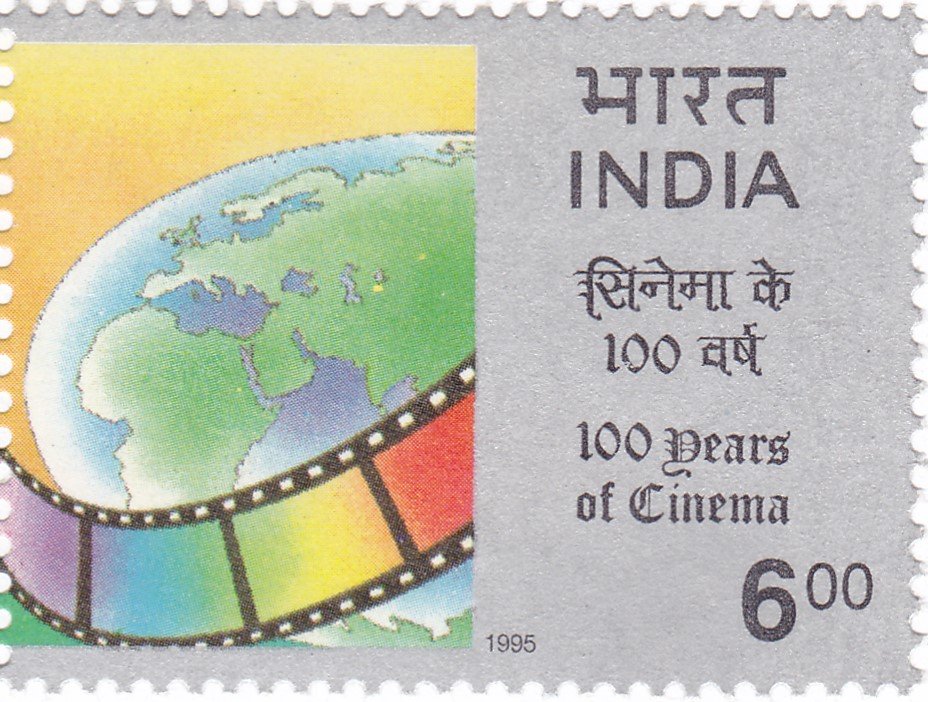100 Years of Cinema

Technical Data
| Stamp Set | Centenary of Cinema |
|---|---|
| Date of Issue | January 11, 1995 |
| Denomination | Rs. 6 |
| Quantity | 1,000,000 |
| Perforation | comb 13½ x 13 |
| Printer | Security Printing Press, Nashik |
| Watermark | No Watermark |
| Colors | Multicolor |
| Catalog Codes |
Michel IN 1456 Stamp Number IN 1515 Yvert et Tellier IN 1266 Stanley Gibbons IN 1619 |
| Themes | Anniversaries and Jubilees | Globes | Movies |
Table of Contents
100 Years of Cinema
Cinema has undeniably emerged as one of the most potent and vibrant mediums of communication in the 20th century. What began as a “mechanical toy” has evolved into a powerful medium for communication and self-expression, developing its own unique language and grammar over the decades.
Origins of Cinema:
- Pioneering Inventors: Various inventors from different countries contributed to the development of cinema.
- Lumiere Brothers: The work of the Lumiere Brothers from Lyon, France, was particularly significant. Their invention, the ‘Cinematographe,’ was showcased for the first time on December 28, 1895, at the Salon Indiens of the Grand Cafe in Paris.
Cinema’s Introduction to India:
- Historic Screening: Just six months after the Lumiere Brothers’ first show in Europe, they organized an exhibition at Watson’s Hotel in Bombay on July 7, 1896. This event was highly impactful and was described as the “marvel of the century” and “the wonder of the world.”
- Indian Cinema Pioneers:
- Harishchandra Sakharam Bhatwadekar: One of the early contributors to Indian cinema.
- J.F. Madan: Another key figure in the initial growth of Indian cinema.
- Dada Saheb Phalke: Known as the father of Indian cinema, he played a crucial role in laying the foundations of the film industry in India.
Growth of Indian Cinema:
Since its introduction, Indian cinema has grown tremendously, building on the efforts of early pioneers. It has become a significant cultural force, reflecting and shaping societal norms, values, and aspirations. The evolution of cinema in India, from the early screenings by the Lumiere Brothers to the present day, underscores its enduring appeal and transformative power.
